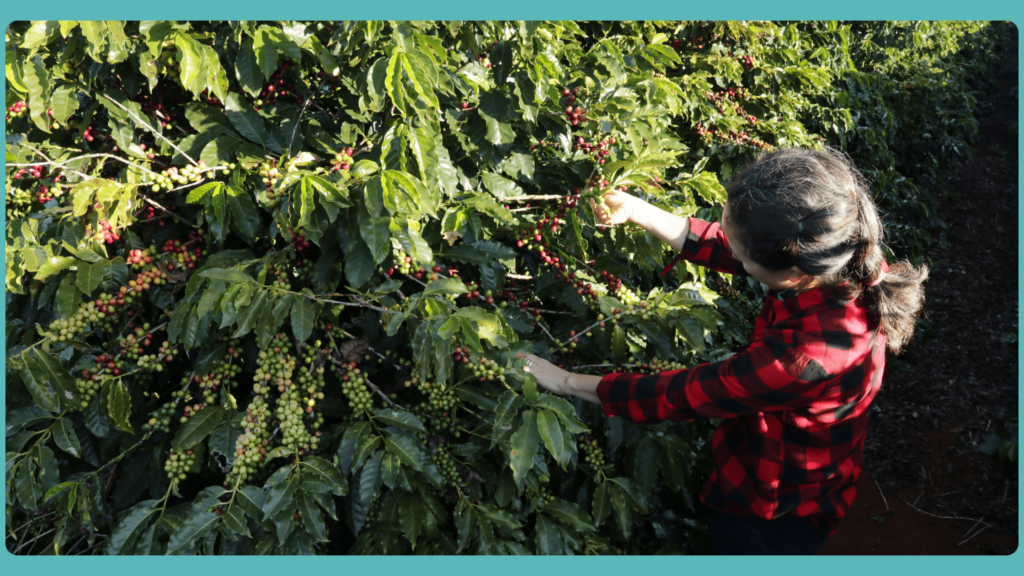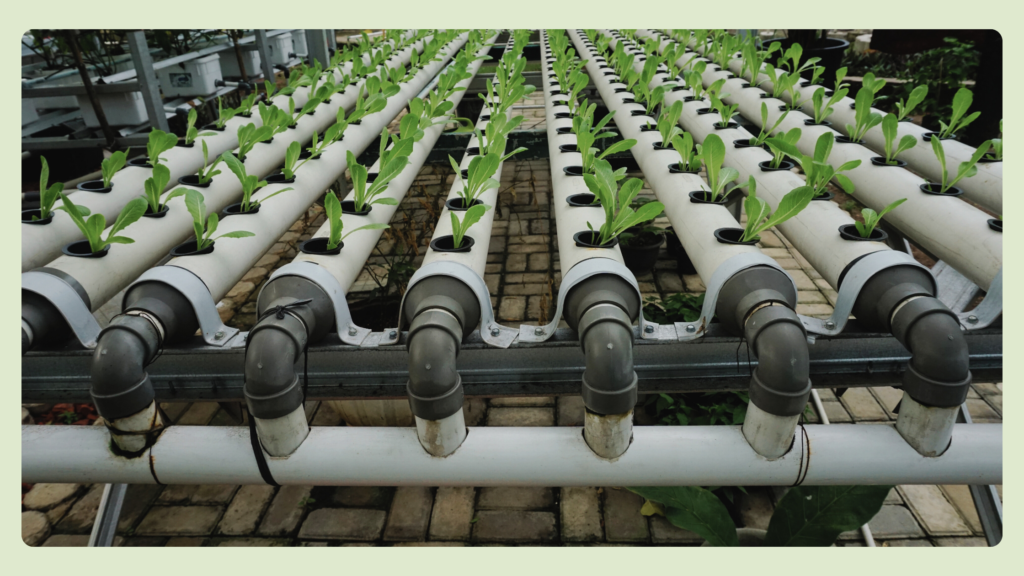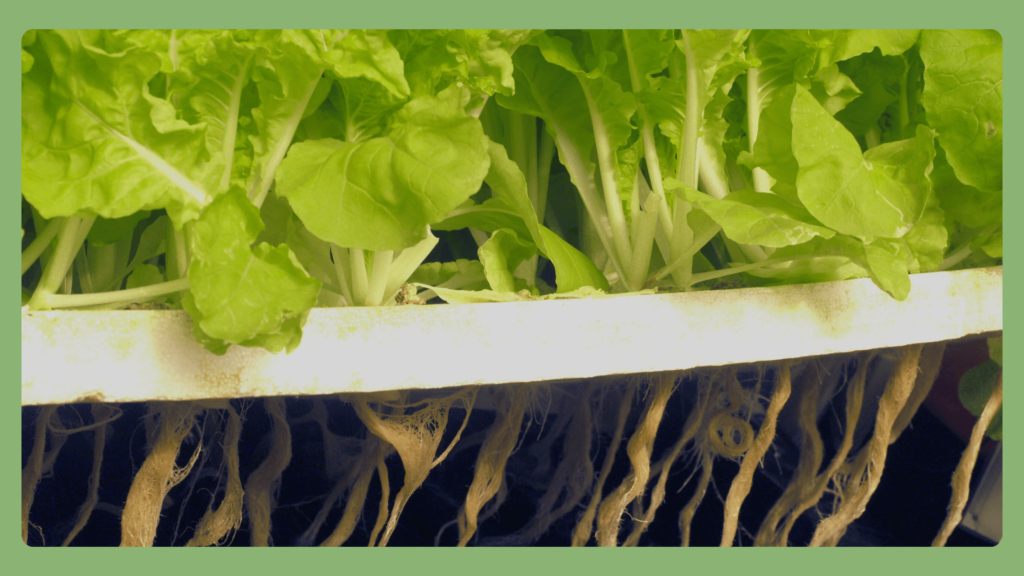Coffee plantations are common in hilly areas. However, the ever-growing climate change has shown its impact. With proper care, you can still care for the coffee plants that can show remarkable yield and profits. But how to increase coffee yield?
Tips on How to Increase Coffee Yield
Coffee in India is taken in two forms, instant coffee and the famous filter coffee. Even though coffee is not our national drink, millions would like to start their day with a cup of coffee.
Here are some useful tips to follow.
Choose Best Varieties
Choosing an appropriate variety is how to increase coffee yield. As with any other crop, the primary step is to ensure that you choose good-quality coffee seeds. Coffea arabica and Coffea robusta are the constant favorites for quality seeds. Even among them, the latter will be a better option as they can grow even in lower lands and get higher yields.
Ideal Growth Conditions
The ideal temperature for quality coffee beans is 10-20 degrees Celsius, growing at an altitude of 900-1600 meters, and in areas where rainfall is evenly distributed. In Kerala, coffee plants are mainly at an altitude of 1200 m above sea level.
Sandy loam soil with good organic matter and a pH of 5-6 will be the best soil for coffee trees.
Essential Nutrients
Adding the nutrients in the right quantity is another way how to increase coffee yield. NPK are the important nutrients for coffee along with other minor elements such as Calcium, sulfur, magnesium, copper, iron, manganese etc. The two types of coffee require NPK in different quantities. NPK for arabica is 34-5-45 kg while for robusta it is 35-7-39 kg.
Crop Management
Proper crop management is the key to the best coffee as the weather conditions are getting more and more unpredictable. It is important to have a proper plan and a backup for any time of the year. The crop management steps that improve coffee yield include pruning, pest control, root care, etc.
Seed Treatment and Propagation
In any coffee plantation, you can see that the seeds are sowed at a distance of 2-3 cm apart and later the seedlings are transplanted at 25 cm apart. True varieties with high yields are often propagated vegetatively to maintain the yield.
Watering
All varieties of coffee, love to take more water. You must ensure that the soil around the plant is never dry. Water it constantly so they produce more flowers. More flowers mean more yield. They will need more water in summer when you are likely to get more coffee beans.
Proper use of growth promoters
Smart use of growth promoters can keep the plants healthier and get better results. Using 0.5L of them per hectare has shown a whopping 46% increase in yield. They help the coffee plants survive any type of unfavorable conditions resulting in better yield.
Pruning
While pruning is necessary to remove diseased and drying leaves, you must do it carefully with precision. Make sure to leave a clean cut with a sharp tool. Blunt cuts can cause a shock to the plant reversing its effect. Always clean and sanitize your tools.
Pest control
Always use organic and plant-based pesticides such as neem oil to avoid unnecessary exposure to chemicals. Regular pruning and proper spacing between the plants can reduce infections. A healthier plant will be better able to resist pests and diseases than a malnutrition one.
Harvesting
Coffee beans appear green when unripe and ripened fruits will be light to dark red in color. The ripened fruits are collected first. They are carefully handpicked, depending on how deep their color is. The next should be harvested 10-15 days later when the other ones are ripe enough to be pickled. This goes on for a while until you finish harvesting by collecting the green beans as well.
Bottom Line
The coffee price mainly depends on various factors, not just on the quality of coffee beans. The higher yield is an important factor. But at the same time, you will need to put in more effort and dedication.




